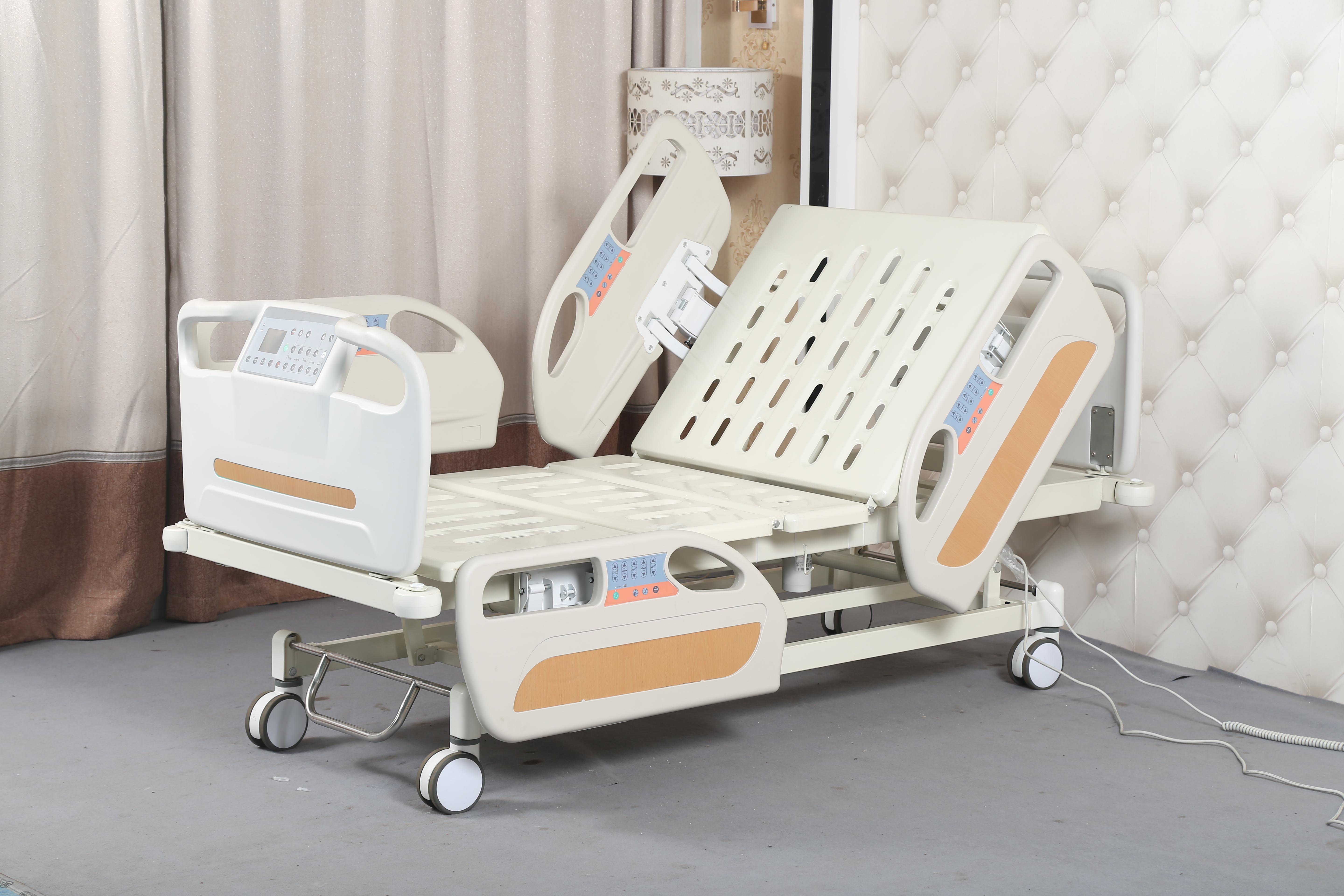Welcome to our websites!
modern hospital bed
The Evolution of the Modern Hospital Bed A Vital Component of Patient Care
The hospital bed has undergone significant transformations over the years, evolving from a simple wooden frame to a technologically advanced piece of equipment integral to patient care. This evolution reflects broader advancements in medicine, ergonomics, and technology, highlighting the importance of the bed as more than just a place for rest.
Historically, hospital beds were rudimentary in design, often offering minimal comfort or functionality. Early hospital beds were typically made of wood and covered with simple mattresses that provided little support. As medical understanding progressed, so did the requirements for patient care. By the mid-20th century, the introduction of metal frames and more sophisticated mattress materials marked the beginning of a new era. These changes allowed for better hygiene and easier transportation of patients.
Today’s modern hospital beds are marvels of engineering. They are designed with a myriad of features that cater to the diverse needs of patients and healthcare providers alike. The most significant advancement is the adjustable height feature. This allows caregivers to elevate or lower the bed, making it easier to attend to patients and ensuring that they can quickly respond to emergencies. Additionally, various sections of the bed can be raised or lowered independently, providing comfort and support to patients with different medical conditions.
Moreover, modern beds are equipped with advanced technology that enhances patient safety and comfort. Many beds now come with integrated pressure-relief systems that are crucial for preventing bedsores, a common issue for patients with limited mobility. These systems redistribute weight and promote better blood circulation, which is vital for patient recovery.
modern hospital bed

Another remarkable feature seen in contemporary hospital beds is the integration of monitoring systems. Some beds include sensors that can track a patient’s vital signs, such as heart rate and respiratory rate, while others can alert nursing staff if a patient is attempting to get out of bed. This real-time data can significantly improve patient safety, allowing healthcare providers to respond promptly to potential crises.
The design of modern hospital beds also takes into account the psychological well-being of patients
. Many beds feature softer edges and come in various colors to create a more inviting and less clinical environment. Enhanced aesthetics can help reduce anxiety in patients, making their hospital stay a little more comfortable.In addition to their clinical functions, modern hospital beds are designed with ease of maintenance in mind. Many models are made with materials that are easy to clean and disinfect, which is crucial in a healthcare setting where infection control is paramount.
In conclusion, the modern hospital bed is much more than a mere piece of furniture; it is a vital component of patient care that embodies the progress made in healthcare, ergonomics, and technology. As hospitals continue to evolve, so too will the design and functionality of hospital beds, ensuring that they meet the ever-changing demands of patient care and safety. The future promises even more innovations, further enhancing the role of the hospital bed in promoting recovery and well-being.
-
Transforming Healthcare with Hospital FurnitureNewsJun.24,2025
-
Rehabilitation EquipmentNewsJun.24,2025
-
Mobility and Independence with WheelchairsNewsJun.24,2025
-
Freedom of Mobility with Our Rollator WalkersNewsJun.24,2025
-
Comfort and Independence with Commode ChairsNewsJun.24,2025
-
Bathing Safety and Independence with Shower ChairsNewsJun.24,2025
-
Navigating the Wholesale Landscape of Electric Mobility Solutions: Key Considerations for Power Wheelchair DealersNewsJun.10,2025











